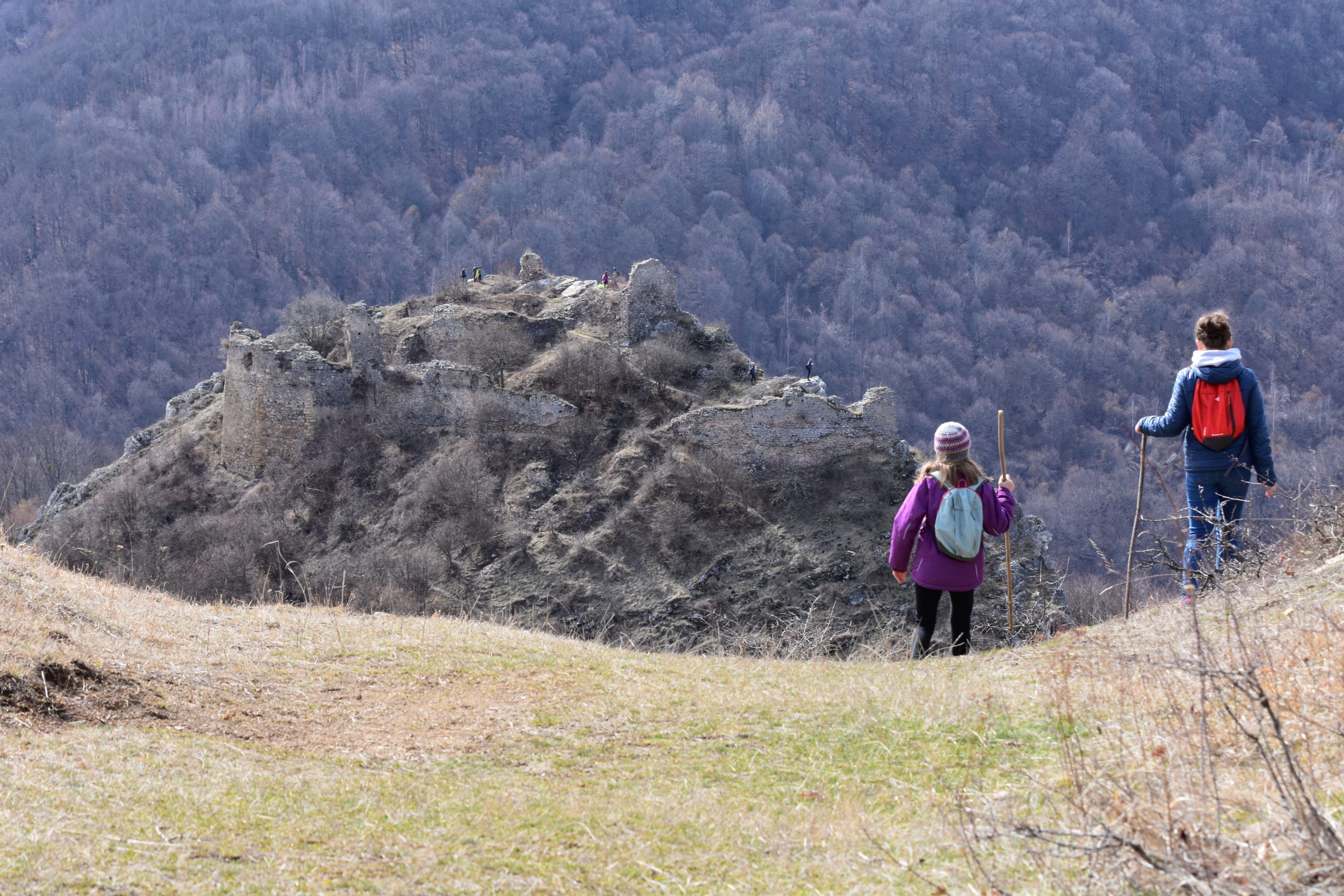Liteni fortress
- Home
- Municipality of Săvădisla
- Turism
- Liteni fortress

One of the most visited historical monuments in the municipality is the ruined Liteni fortress, or Géczi Castle. The castle can be reached from Liteni on a 2.9-kilometre, a 44-minute easy walk, or from the Iara valley, from the village of Moara de Pădure, on a 1.3-kilometre, 22-minute steep climb. The interesting thing about the approach from Liteni is that the visitor can see the ruins of the lower castle, built on a prominent rock, from a higher point. The ruins are unfenced and can be freely visited at any time.
The first written record of the fortress dates back to 1324, but excavations in the castle have also unearthed coins from the Árpád period. These suggest that the castle was built much earlier. After the demise of the Árpád dynasty, it became the property of László Kán, who was trying to gain power in Transylvania, and was reacquired by the army of Charles I Of Hungary. The castle was under the authority of the Transylvanian voivode, and its governors usually also performed the duties of the deputy governors of Turda or Kolozs counties.
The castle was under the authority of the Transylvanian voivode, and its governors usually also performed the duties of the deputy governors of Turda or Kolozs counties. In 1441 the fortress was given by King Vladislaus I. to Mark Herepei, and before 1524 it became the property of the Balassa noble family. In Liteni fortress, as in other castles, the noble family minted counterfeit money. After the Battle of Mohács (1526), the Balassa family sided with Ferdinand Habsburg and became enemies of the Transylvanian princes. István Báthori’s army captured the castle in 1562 after its defenders surrendered the fortress in exchange for a free retreat. According to contemporary records, the guards had hidden gunpowder in the castle, which exploded when the Transylvanian army entered and caused great destruction.
The fortress was soon restored and became the property of János Géczi, governor of Transylvania during the underage reign of Prince Zsigmond Báthori. However, the fortress became militarily insignificant and was later probably blown up by the Habsburg military. No attempt was made to restore the fortress.
- UAT Săvădisla
- 688
- Main Street, No. 35, Săvădisla Commune, 407505, Cluj County
- +40 264 374 275
- +40 264 374 275
- primsav@yahoo.com


